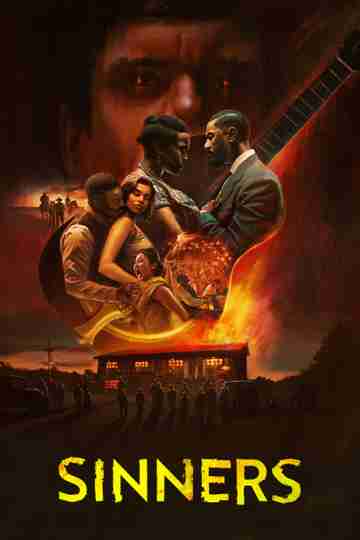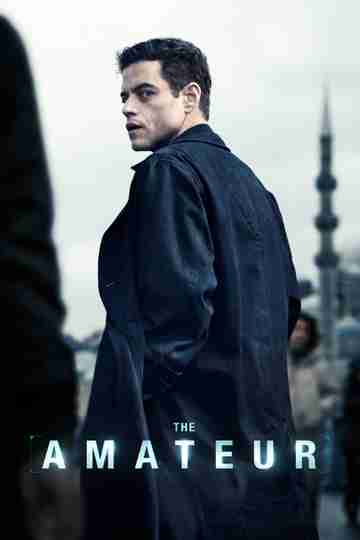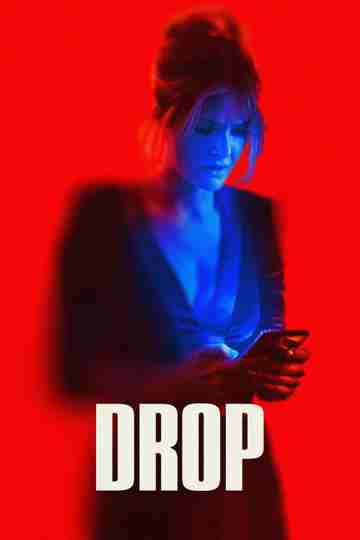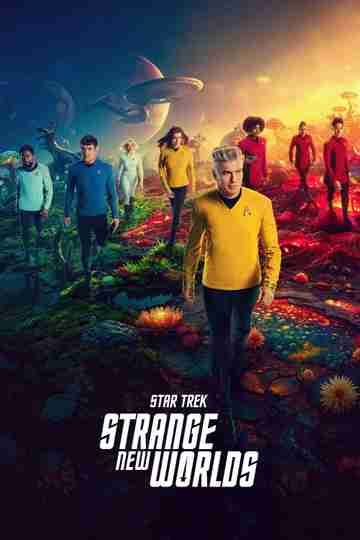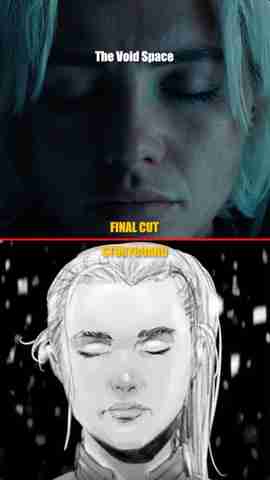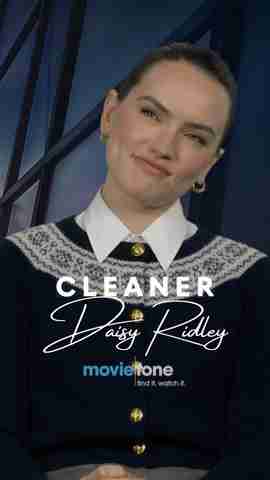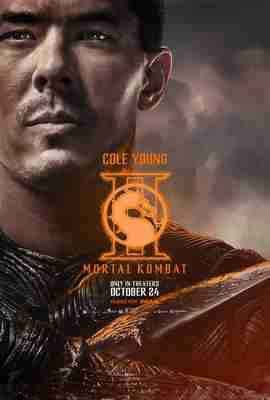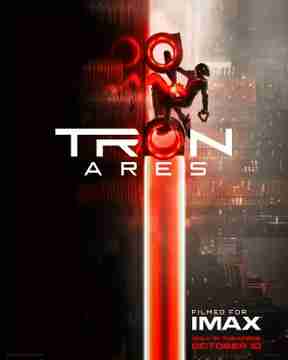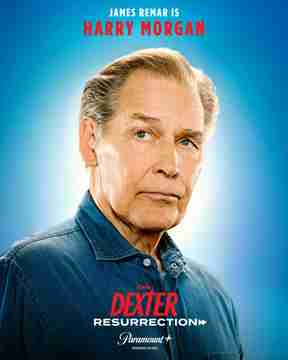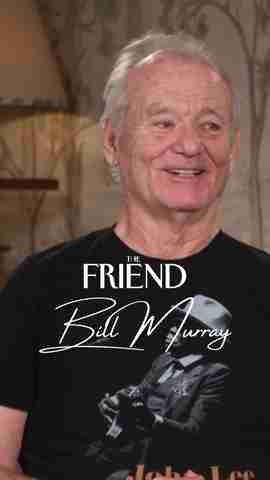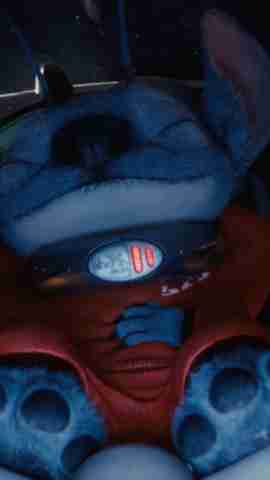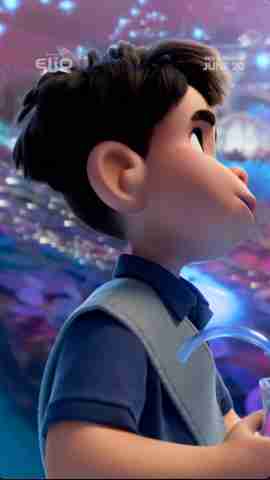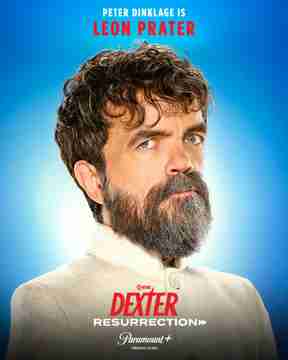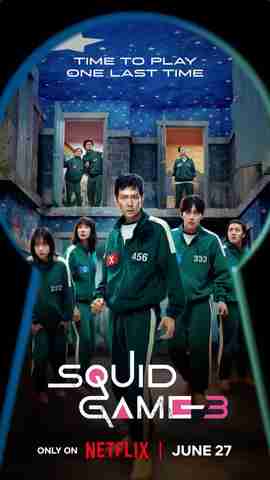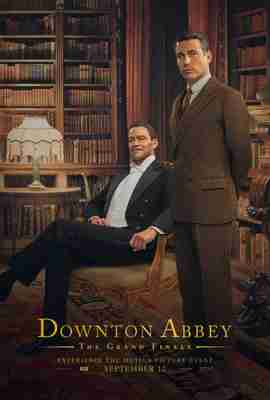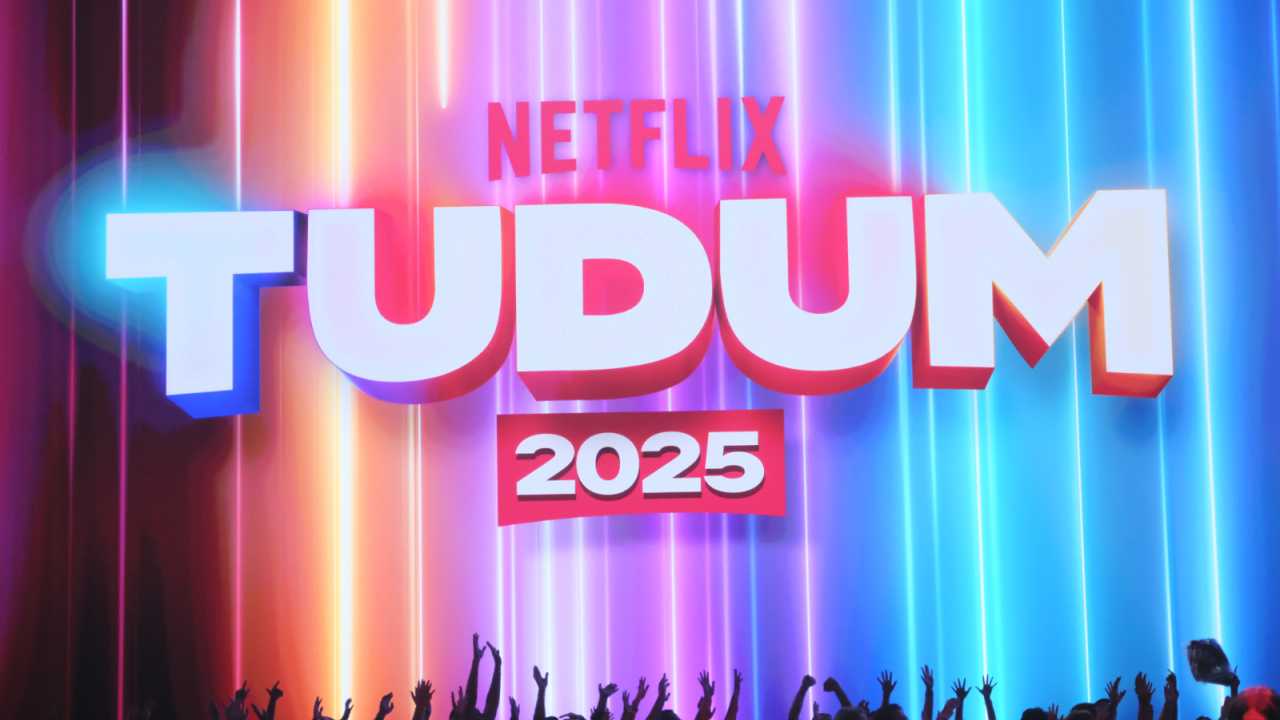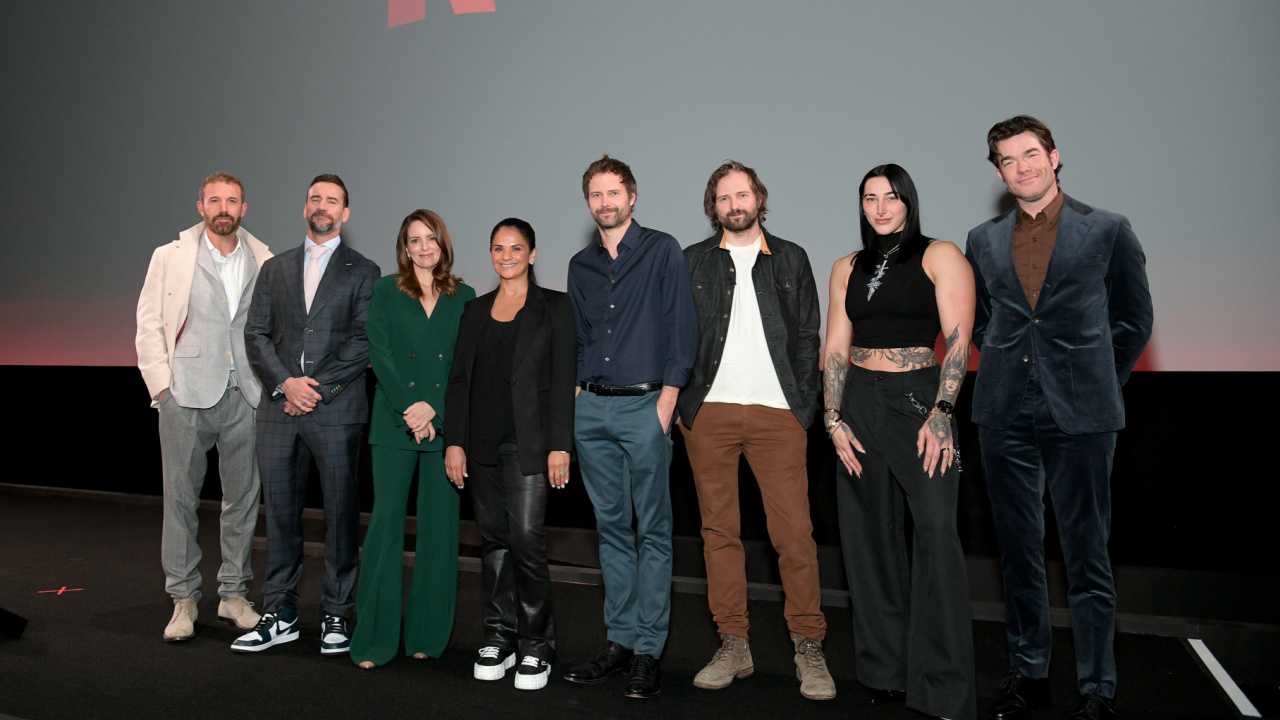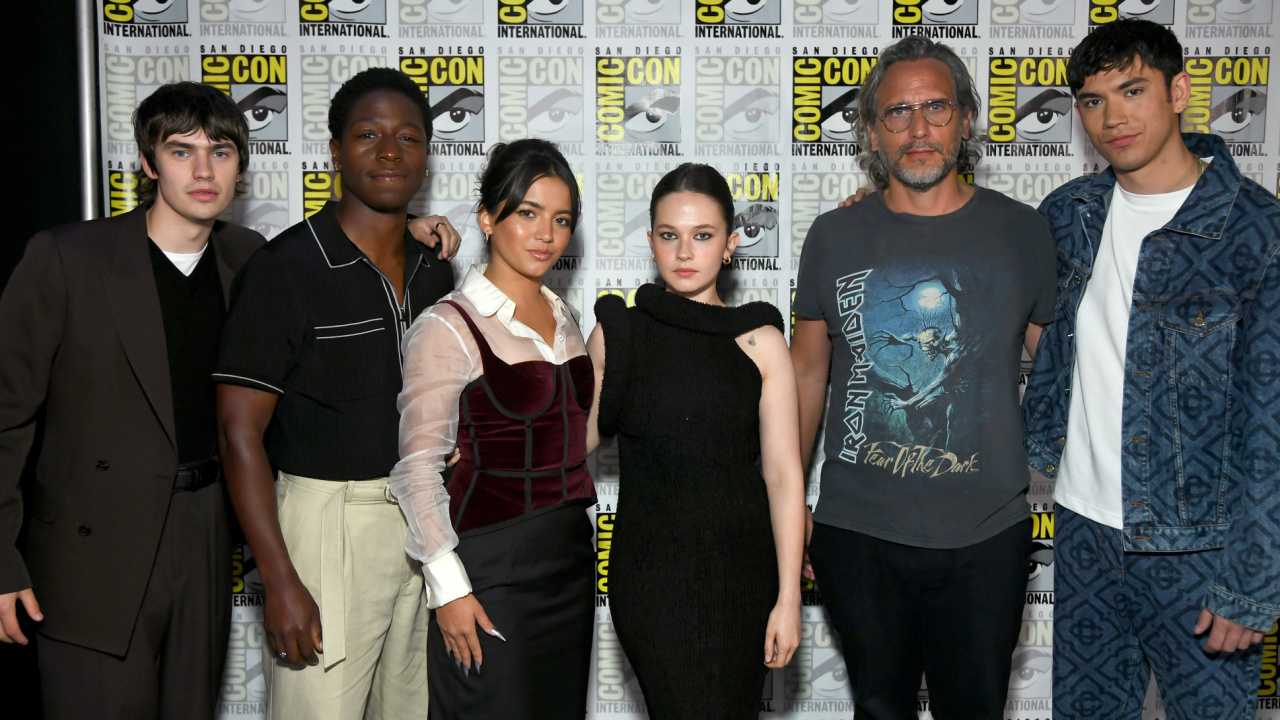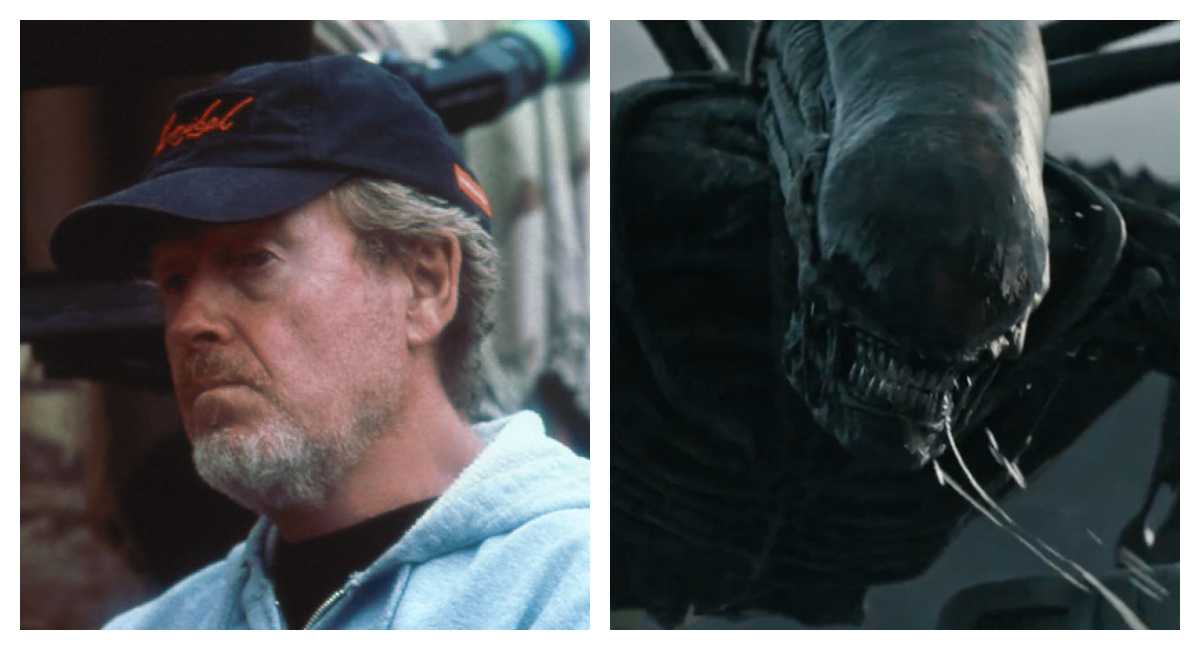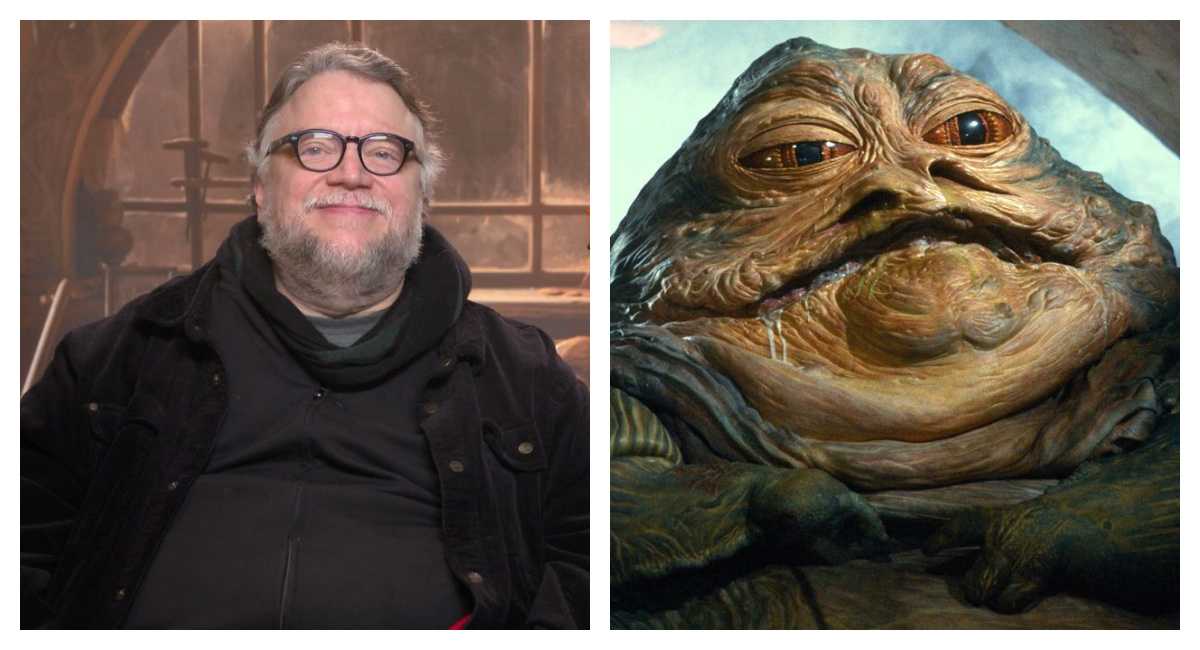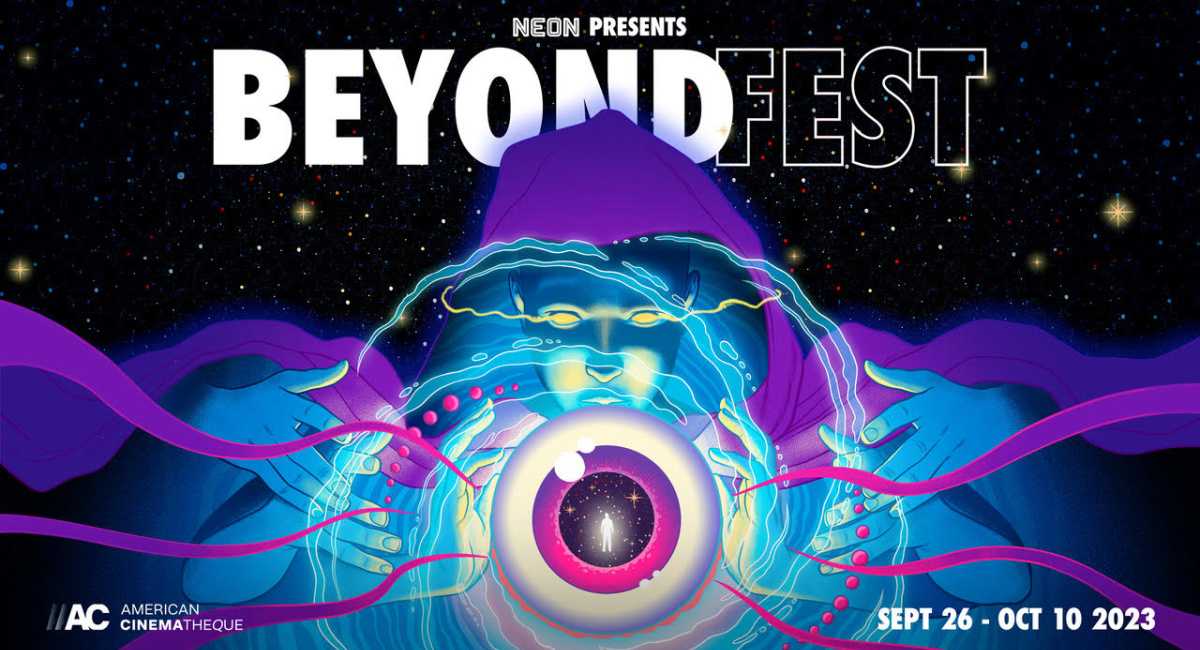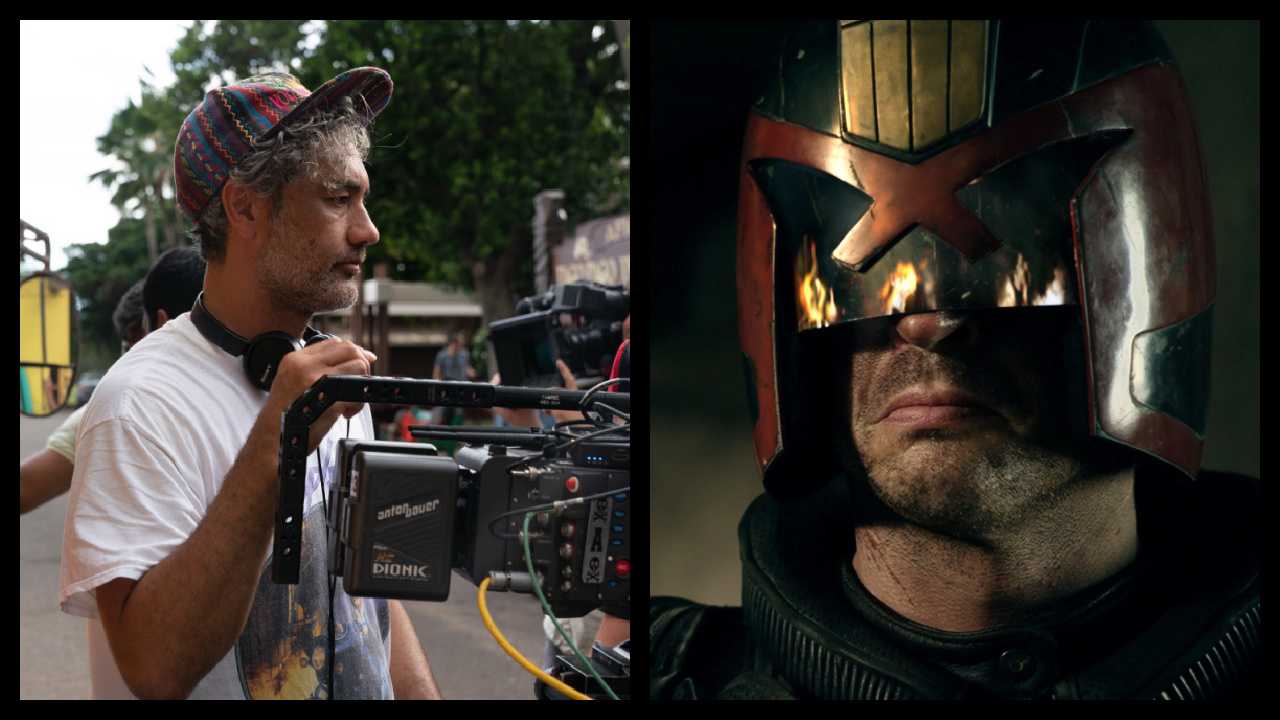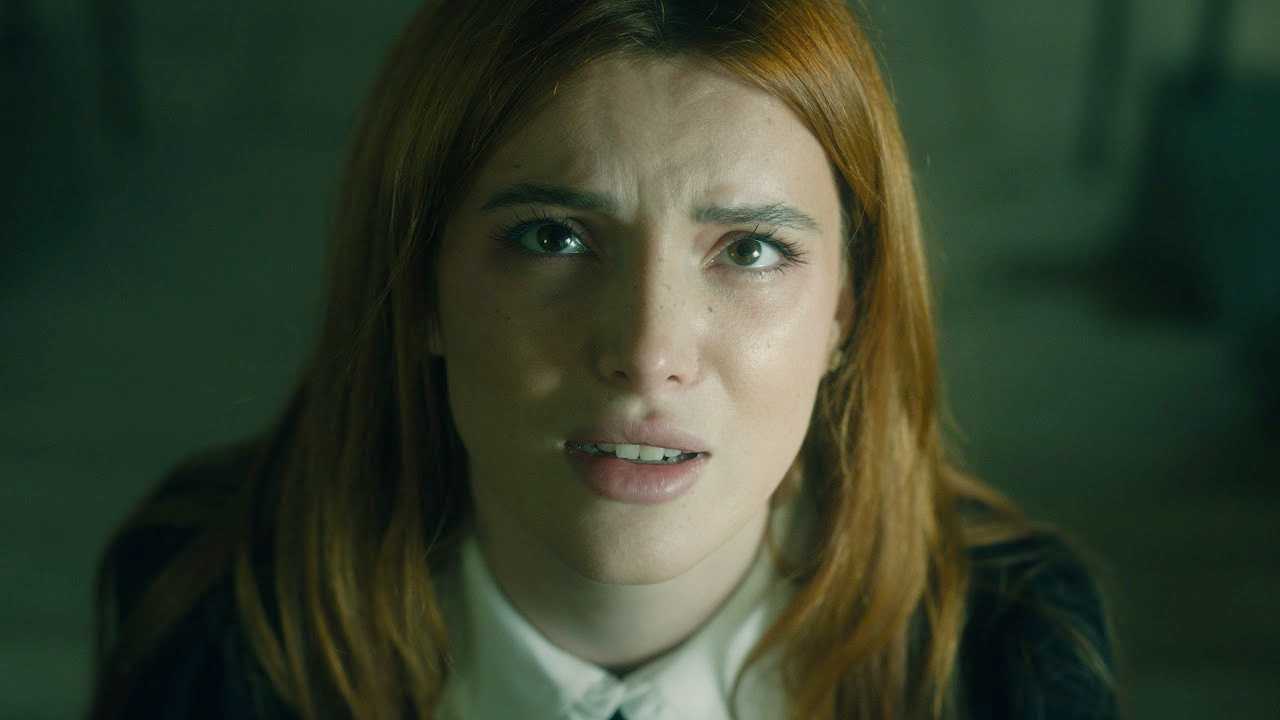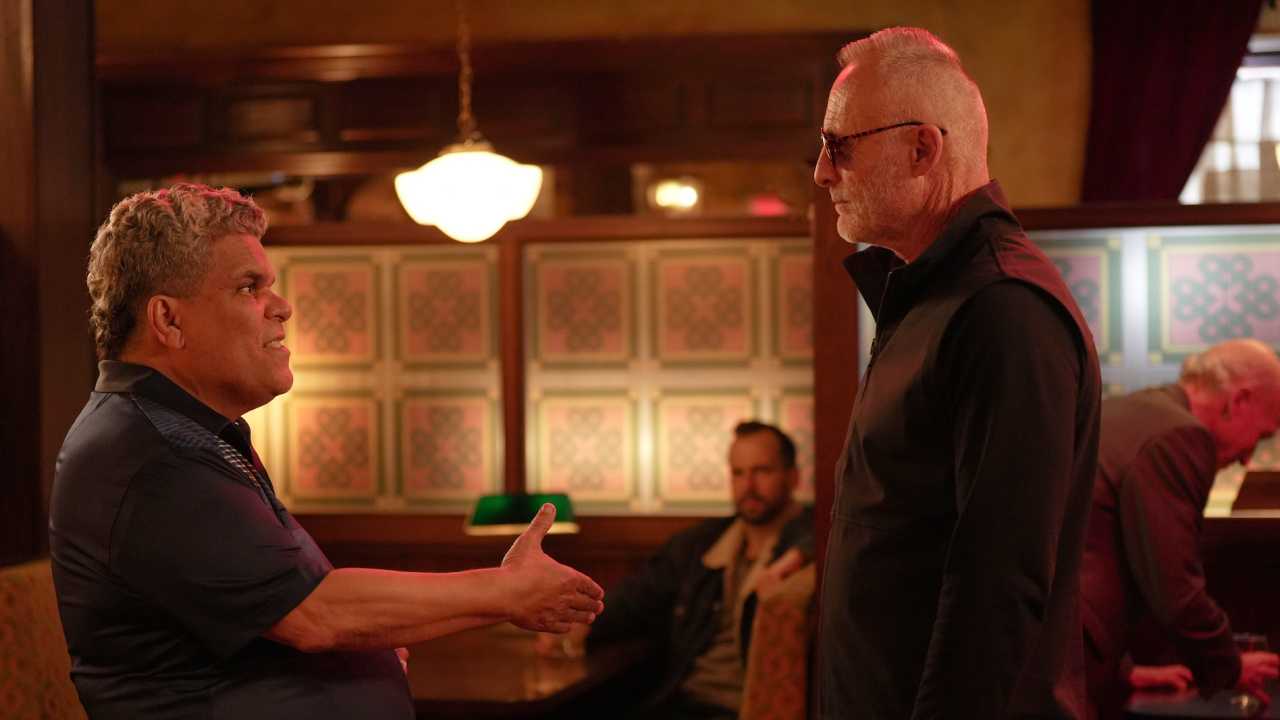Every Guillermo del Toro Movie, Ranked From 'Hellboy' to 'Shape of Water'
Guillermo del Toro is our premiere cinematic fantasist, the rare filmmaker who is able to conjure vast, intricate worlds in a way that few ever could. His movies are as deeply felt as they are visually dazzling -- especially his newest, the Oscar-winning “The Shape of Water.” Before you see the first remake of one of his films (a newfangled, R-rated “Hellboy”), let's look back on the rest of his filmography.
10. 'Mimic' (1997)
Yes, “Mimic” is a mess but there are reasons for it being so uneven: it was originally intended as part of larger science fiction anthology film. When the smaller film was expanded, the script (eventually credited to del Toro and frequent collaborator Matthew Robbins) was constantly in flux and at one point boasted a re-write by Steven Soderbergh. After the film was completed, it faced the overeager editing process notoriously associated with Dimension/Miramax. And honestly, it's not a bad movie. But it is, quite handily, del Toro's worst film. “Mimic” is the tale of a species of bug genetically designed to help eradicate a killer virus; after the virus is contained, the bugs continue to mutate -- eventually taking on human form. It's a nifty concept that is gamely executed and anchored by a wonderfully realized performance from Mira Sorvino. And there are enough del Toro hallmarks (fetuses floating in amber-colored liquid, subterranean tunnels, insects) to keep you entertained. Entertaining, sure, but definitely minor del Toro.
9. 'Hellboy' (2004)
For years, del Toro labored to bring Mike Mignola's beloved indie comic book character to the big screen, which “Hellboy” that much more disappointing. You can almost feel the concessions that the filmmaker had to make in order to finally realize his vision; while the comic book is filled with lovably oddball characters, the lead for the film is an anonymous white guy not present in the source material Rupert Evans). The world del Toro creates is so captivating and so strange (keep in mind that the plot involves Nazis, monsters, and the mad monk Rasputin) that everything housed within that world feels like something of a letdown. It's a shame, too, given the terrific performances by del Toro favorite Ron Perlman and, in particular, John Hurt as a watchful professor. Thankfully, del Toro would get another go around in the “Hellboy”-verse, this time with greater creative control, and the results were spectacular.
8. 'Blade II' (2002)
“Blade II” is arguably del Toro's least personal film (it feels more like a professional stepping stone), but also one of his most kinetic and visual dazzling. A follow-up to Stephen Norrington's underrated original, del Toro's film continue the adventures of the half-man/half-vampire superhero Blade (Wesley Snipes, fully committed), who this time has to team up with an elite vampire unit that was trained to kill him (the Blood Pack led, of course, by Ron Perlman) to go after a new strain of deadly vampire. This is del Toro at his loosest and funniest, particularly when Blade bumps against the gruff members of the Blood Pack. The filmmaker admitted that his attempts to make this sequel genuinely scary fell short, but what it lacked in blood-curdling thrills it more than made up for in imaginative, gore-soaked set pieces.
7. 'Hellboy II: The Golden Army' (2008)
Following the success of “Pan's Labyrinth,” del Toro was finally able to realize his dream of crafting a follow-up to “Hellboy.” And boy did he ever. Eschewing the more science fiction-y elements of the first film, del Toro continued to explore fairy tale mythology that he had developed throughout most of his filmography but explicitly referenced in “Pan's Labyrinth.” (This was at the suggestion of comics creator Mignola, who said that everyone would remember this as his follow-up to “Pan's Labyrinth.”) You can feel del Toro, free of the requirements and restraints placed upon the first film, going absolutely nuts here. “Hellboy II: The Golden Army” is so full -- of creatures, ideas, and incredible imagery -- that it requires several viewings just to catch it all. Keep an eye on the background, for instance, and you'll notice recurring images of pregnancy and fertility, which ties into the movie's themes of fatherhood and motherhood. You know, typical superhero sequel stuff. With its rococo visuals, improved score (courtesy of Danny Elfman), and deeper characterizations, this is the rare sequel that not only improves upon the original but blows it out of the water.
6. 'Crimson Peak' (2015)
As his follow-up to “Pacific Rim,” del Toro stayed in the massive Canadian soundstage he utilized for that film and erected a creaky mansion, the setting for his great gothic romance “Crimson Peak.” Tonally, this is the film most in line with his Spanish language output -- full of schemes, secrets, and (of course) phantasmagoric entities. During its prolonged post-production period, del Toro said that he cut and re-cut the movie about six different ways and, watching the final film, it's unclear if he chose the best version of the movie. (Why, for example, does Charlie Hunnam's ghost photography not pay off in any meaningful way?) Still, this film is haunting in a way that few films are, with an overwhelming, claustrophobic atmosphere that's practically velveteen. The performances, too, are all aces, with Mia Wasikowska as the headstrong young woman who marries a charming huckster (Tom Hiddleston) and moves into his decrepit family home with his off-putting sister (Jessica Chastain). From there, things get darker and more sinister, ultimately reaching a truly operatic climax. This is an acquired taste, for sure, more period romance than go-for-broke horror tale, and despite its occasional narrative wonkiness, is an eerie triumph.
5. 'Cronos' (1993)
Del Toro's first movie is also one of his best. This largely Spanish language film (Ron Perlman is a part of the cast obviously) centers around a tiny, mysterious device that has the power to grant you immortal life. (Spoiler: inside there's a little bug that turns you into a vampire.) Vampirism, as displayed in “Cronos” isn't glamorous or cool. Vamps are sad and scary, creatures to pity as much as they are to fear. In his first cinematic outing del Toro displayed concepts and ideas that would become hallmarks of his career, firmly establishing himself as a filmmaker who sympathized with the creatures he was portraying instead of demonizing them. And “Cronos” for all its quiet reflection and dusty cinematography (accomplished on a shoestring budget), remains one of his most towering achievements; a vampire movie unlike anything you've ever seen before.
4. 'Pacific Rim' (2013)
One of the most enjoyable, most singularly-authorial big budget spectaculars in recent memory, “Pacific Rim” is del Toro's loving ode to giant monster movies. In the near future giant monsters (called “kaiju”) emerge from a dimensional rift in the Pacific. Humanity's ingenious response is, of course, giant robots. Set in the waning days of the giant monster/giant robot battle, it concerns a hotshot pilot (Charlie Hunnam) who is forced to put his ego aside to help save the world. With truly mind-blowing set pieces (the lengthy Hong Kong sequence is exquisite) and surprisingly contoured character work (Ron Perlman shows up as an underground monster parts dealer, of course), “Pacific Rim” felt like the triumphant third movie in a much larger franchise. Every frame of this movie is joyful and insane, with del Toro taking full advantage of his supersized budget and unlimited visual effects capabilities (this is some of ILM's finest work, period). This being a del Toro movie, it has hidden secrets that are only fully revealed after many, many viewings. How many giant blockbusters can you say that about? (The sequel, made without del Toro’s involvement, sucks.)
3. 'The Devil's Backbone' (2001)
After suffering badly at the hands of the Hollywood studio system, del Toro retreated to Spain, got some production help from Pedro Almodovar (!) and directed “The Devil's Backbone,” a deeply felt ghost story set during the Spanish Civil War. A young boy named Carlos gets shipped off to an orphanage during the war. There's an undetonated bomb in the courtyard of the orphanage that the kids have tied ribbon to. There's also, hiding in the shadows, the ghost of a young boy who was murdered at the orphanage. This being a del Toro movie, while the ghost is deeply unsettling and beautifully designed, he's an object of sorrow more than terror and as the movie churns along, revealing the hidden alliances of the orphanage's staff, it becomes even more apparent that the real monster is (surprise!) the humans. A sorrowful, somber rumination on guilt and the ways in which fascism robs humanity from even the most humane, it's a beautiful, touching film and a wonderful precursor to “Pan's Labyrinth.”
2. 'Pan's Labyrinth' (2006)
A companion piece to “The Devil's Backbone,” again set against the backdrop of the Spanish Civil War (this time it's five years since fighting ceased), “Pan's Labyrinth” (somewhat loosely translated from its original title) is an aching, wondrous achievement; it's quite possibly the greatest fantasy film ever made. A young child named Ofelia, whose new stepfather is a ruthless fascist, engages in a series of fairy tale tasks, destined to leave her immortal. These fantastical adventures are juxtaposed with the harsh realities of the war and the ending is purposefully open for interpretation. Was it real? Or was it some kind of fantastical coping mechanism? (Del Toro is firmly in the “it was real” camp and says there are subtle clues sprinkled throughout to back up this claim.) In the end, the specifics of the story aren't what is important; what's important is the movie's moving, lyrical quality. This is less a movie and more of a poem, about how hard it is to grow up, about how the savagery of war can affect even the most innocent bystanders, and about how fairy tales can be just as horrific as they can be beautiful. While Ofelia's quest for immortality may come up short, “Pan's Labyrinth,” a truly unforgettable and highly emotional masterpiece, will be around forever.
1. 'The Shape of Water' (2017)
Guillermo's latest movie is also his greatest, a whirligig fantasy that combines contemporary fears with long-held prejudice, somehow crafting a period movie the most timely feature of 2017. In “The Shape of Water” Elisa (Sally Hawkins) is a mute woman working in a secret government lab in the early 1960's. It's at this facility that a ruthless agent Michael Shannon) brings a mysterious amphibious creature, referred to as The Asset (Doug Jones). What happens after that is every bit as surprising and transporting as del Toro's very best work, with an added level of visual sophistication and thematic maturity. The less you know about this sweeping and romantic film, the better, but understand that this is the work of a master at the height of his game -- the bewildering craft is only outmatched by its symbolic density. It's rare to watch a movie and feel like you're watching a classic, but that's the sensation you'll get when watching “The Shape of Water.” In the few years since its release, it’s only grown in stature and remains one of the rare Best Picture (and Best Director!) Oscar winners that you can actually agree with.

